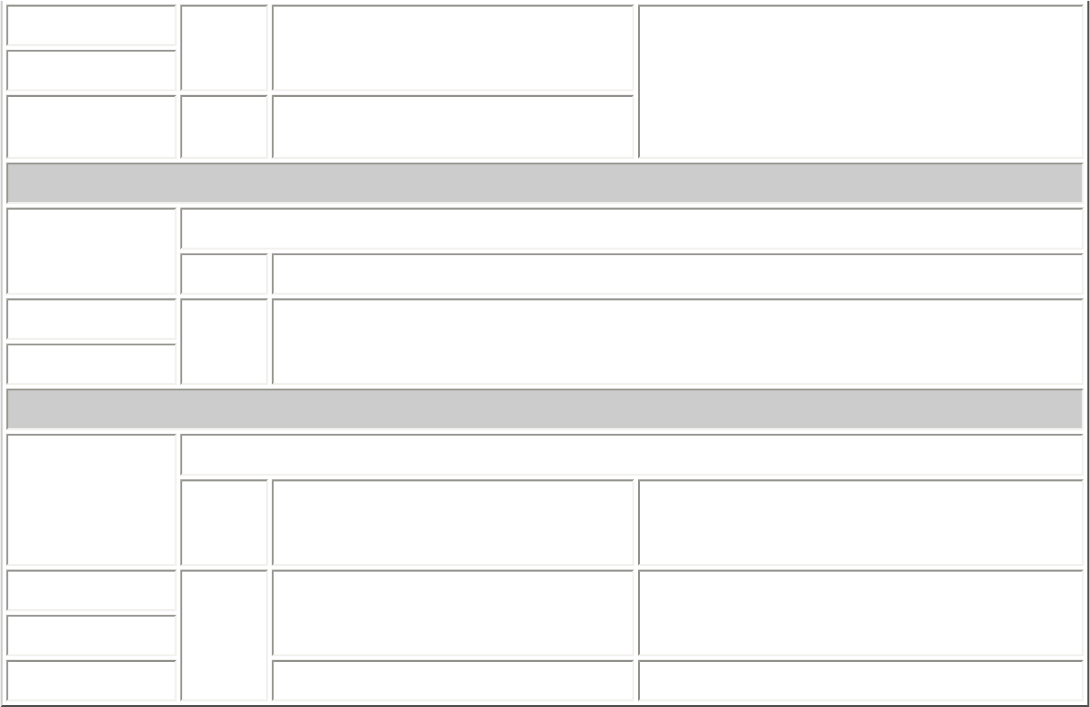User's Guide Part 5
Table Of Contents
- Local Disk
- Contents: Company 54g Wireless LAN (WLAN) User Manual
- Introduction: Company 54g Wireless LAN (WLAN) User Manual
- Completing the Setup: Company 54g Wireless LAN (WLAN) User Manual
- Utility Functions: Company 54g Wireless LAN (WLAN) User Manual
- Specifications: Company 54g Wireless LAN (WLAN) User Manual
- Regulatory Information: Company 54g Wireless LAN (WLAN) User Manual
- Troubleshooting: Company 54g Wireless LAN (WLAN) User Manual
- Glossary: Company 54g Wireless LAN (WLAN) User Manual

2400
10 Not permitted
100 with Ministry of Defense approval
2446.5
2483.5 100
100 on private property with Ministry of
Defense approval
In Guadeloupe, Martinique, St. Pierre, and Miquelon and Mayotte
Frequency (MHz)
Authorized EIRP (mW)
Indoors Outdoors: Decisions and Guidelines
2400
100 100
2483.5
In Reunion Islands and Guyana
Frequency (MHz)
Authorized EIRP (mW)
Indoors
Outdoors: Decisions
(Concernent les réseaux indépendants
et les hot spots)
Outdoors: Guidelines
(Concernent les éxperimentations de réseaux
ouverts au public)
2400
100
Not permitted 100 with Ministry of Defense approval
2420
2483.5 100 100
NOTE—The Integrated 54g enabled notebook transmits less than 100 mW of power, but more than 10 mW.
USA—Federal Communications Commission (FCC)
ThIs device complies with Part 15 of the FCC Rules. Operation of the device is subject to the following two conditions:
● The device may not cause harmful interference.
● The device must accept any interference that may cause undesired operation.
NOTE—The radiated output power of the Integrated 54g enabled notebook is far below the FCC radio frequency exposure limits.
Nevertheless, the Integrated 54g enabled notebook should be used in such a manner that the potential for human contact during
normal operation is minimized. To avoid the possibility of exceeding the FCC radio frequency exposure limits, keep a distance of at
least 0.5 cm between the user (or any other person in the vicinity) and the antenna that is built into the computer. To determine the
location of the antenna within the notebook, refer to the operating manual for the Integrated 54g enabled notebook.
Interference Statement
This equipment has been tested and found to comply with the limits for a Class B digital device, pursuant to Part 15 of the FCC
Rules. These limits are designed to provide reasonable protection against harmful interference in a residential installation. This
equipment generates, uses, and can radiate radio frequency energy. If the equipment is not installed and used in accordance with
the instructions, the equipment may cause harmful interference to radio communications. There is no guarantee, however, that
such interference will not occur in a particular installation. If this equipment does cause harmful interference to radio or television
reception (which can be determined by turning the equipment off and on), the user is encouraged to try to correct the interference
by taking one or more of the following measures:
● Reorient or relocate the receiving antenna.
● Increase the distance between the equipment and the receiver.










